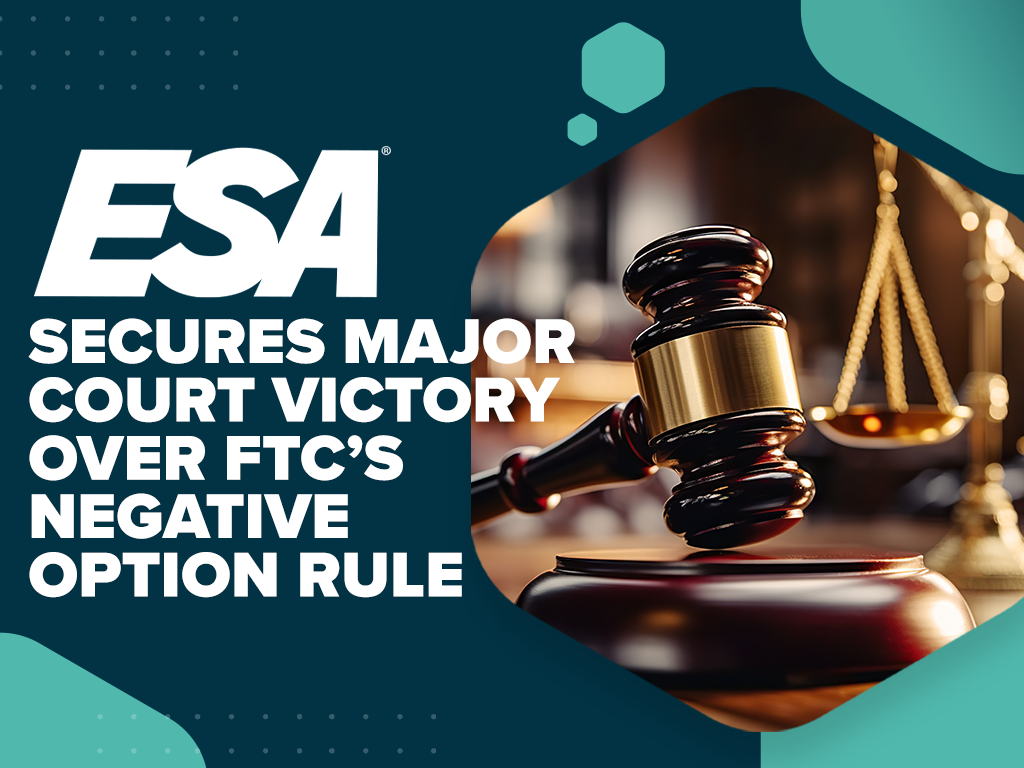Facial Recognition Freeze Proposed in MA, Citing Bias and Privacy Concerns

Imagine where our country would be when fingerprints first began being used as reliable evidence in court (around 1911) if privacy groups claimed fingerprint evidence was discriminatory, bigoted, racially motivated, or violated the privacy of persons.
While facial recognition is not capable of positive identification to the certainty of a fingerprint, its development over the last decade has dramatically increased the ability to identify possible matches for further investigation. Much like the Automated Fingerprint Index System (AFIS), developed in the 1990s to aid law enforcement in narrowing the number of possible suspects from lifted latent prints, facial recognition is another tool used to narrow the list of potential suspects from an unknown subject photograph.
This emerging technology is a tool to aid in furthering investigations, yet many privacy advocates are expressing concerns that it might be unfairly targeting minorities and invading the public’s privacy.
These characterizations now threaten its use when all-out bans are proposed by local and state governments.
For example, a currently moving bill in Massachusetts (S 1385) would place a moratorium on the use of facial recognition evidence by the government in any judicial proceeding, based on the stated presumption that facial recognition technology is racially biased in its application and violates personal privacy because it subjects every person to potential criminal investigation based on their appearance.
The Overlooked Human Element
This legislation – and numerous other measures like it – fail to recognize the human analysis involved in facial recognition. When a one-to-many comparison is sought (unknown subject photograph compared to numerous known subject photos in a database), the result could be numerous or no similar photographed subjects. If none are found, no human intervention is needed. If 1, 2 or 10 possible matches are identified, human intervention takes over and further analysis and investigation commences.
Just as in the previous example with AFIS providing possible matches from a lifted latent print with known subject fingerprints, a human must take the possible matches generated by facial recognition technology and conduct further investigation. Even so, the possibility that inaccurate identification by the technology could result in wrongful convictions is being projected by opponents as a likely result, often neglecting the key component of human analysis and investigation that takes place after a possible match is made.
The Future of Facial Recognition
Facial recognition is a powerful tool for electronic security today because it enhances video security, access control and identity management solutions in residential, commercial and government applications. The potential use of facial recognition technology for criminal investigations creates a public policy debate that is beginning to play out, and it will be important for the electronic security industry to educate policy makers at all levels of government on how facial recognition improves public safety and creates no inherit threat of unjust or wrongful prosecutions. If its legitimate uses in the electronic security industry are not defended with proper education efforts, the use of the technology might be thrown out with the bath water by legislation blocking its use in broader applications.




